This post is “too long for email” so, depending on your email provider, in order to view it in its entirety, you may have to view it in the Sustack app or open it in your browser.
Back in the summer we spent a few days in Picton, Ontario which is a small town about a two and a half hour drive east of where we live in Toronto. Picton is in a part of the province called Prince Edward County (not to be confused with the Province of Prince Edward Island which is about 1,700 kms east of us). It’s a friendly little town with great bars, restaurants, galleries and lots of live music. It also has a rich history dating back to the 1780s when it was originally settled by Loyalists who supported the British during the American Revolutionary War.
An interesting part of Picton’s later history can be found high up on a plateau overlooking the town. Sitting on the plateau are the remains of an airfield that was originally built at the start of World War 2 as part of the British Commonwealth Air Training Plan. “The Plan” was a collaborative effort between Britain, Canada, Australia and New Zealand to train aircrews for the Allied forces. Canada was chosen as the site for most of the training as it was beyond the range of enemy aircraft and had perfect flying conditions. Canada also had an abundance of the necessary raw materials needed to build the training schools as well as a willing workforce eager to help with the war effort. Hundreds of airfields and schools were built across the country and they were staffed and operated by over 104,000 Canadians.
The air schools had a major impact on the communities in which they were based. The construction work and then the jobs at the airfields provided steady incomes for many locals, especially appreciated in areas that had been badly hit by the Depression a few years earlier.
By the end of the war, over 130,000 aircrew had received training at air schools across the country before being sent back to the U.K. to join the war effort.
The location in Picton was officially known as No. 31 Bombing and Gunnery school but is now known locally as Base 31. Six hundred trainees at a time were housed here for a period of six weeks while they underwent training. The school focused on teaching precision bombing techniques and air gunnery skills.
The day we were there was the day after a huge storm had passed through, hence the grey skies and massive puddles.
Most of the original buildings (the site has over 40 barracks, mess halls, hangars and administrative buildings) still remain but, as you can tell by my photographs, many are in very poor condition. However, it does give you a sense of what it must have been like for the aircrew that were stationed here.
Above is the gunnery wall that was used for live ammunition target practice.
The training aircraft (mainly Avro Anson, Fairy Battle, Bristol Bolingbroke and Westland Lysanders) were housed in six hangars, all of which remain intact but in various states of disrepair.
At the end of WWII, the Bombing and Gunnery school was disbanded and the airfield was handed over to the Royal Canadian Air Force. It remained an Air Force base until it was decommissioned in 1969. Since then, it’s been used as a private airfield.
It would have been so easy for a developer to purchase the site, raze the old buildings to the ground and replace them with a shopping mall or business park or some similar vulgarity. However, thankfully, this is not what has happened. At the end of 2021, the 70 acre site was purchased by a partnership group that is working very closely with the local municipality and community to save and restore as many of the buildings as possible so they can be used as event and concert spaces, art galleries, retail, and small business offices etc. They will also ensure that the history of the base is not forgotten and that it remains an integral part of the redevelopment. One of the six hangars is being restored so that it can become a permanent museum telling the story of the Bombing and Gunnery school.
Local artists have played a part in the restoration process by creating installations that can be found throughout the site.
This Lancaster bomber (KB 882) was a recent acquisition for Base 31’s museum and is currently undergoing restoration. This aircraft was built in Canada in 1944 and flew 12 bombing missions over Germany before the war ended. After the war, the plane was used for arial reconnaissance until it was retired in 1964. It’s currently not airworthy.
Unfortunately, the museum wasn’t open to the public on the day we visited. The only way I could get a photo of the Lancaster was to shoot through a small window, hence the black lines in the photo.
The former Drill Hall is now an event space and concert venue.
The Commissary is an outdoor market place for food and drinks that also pays homage to the past.
Through the vision of many forward thinking people, the site is being given a new lease on life and, once again, the former No. 31 Bombing and Gunnery school has an opportunity to bring jobs, prosperity and pride to the community of Picton.
Thank you for taking the time to read this post and I hope you enjoyed finding out a little bit about a small piece of Canadian history.
If you want to take a deeper dive into the history of and future plans for Base 31, check out these links:
https://www.vintagewings.ca/stories/for-the-record
https://pictongazette.ca/post/history-restored
https://pictongazette.ca/post/burley-offers-a-look-back-at-historic-camp-picton
https://www.thecanadianencyclopedia.ca/en/article/british-commonwealth-air-training-plan
If you haven’t already done so, please subscribe to receive future posts.

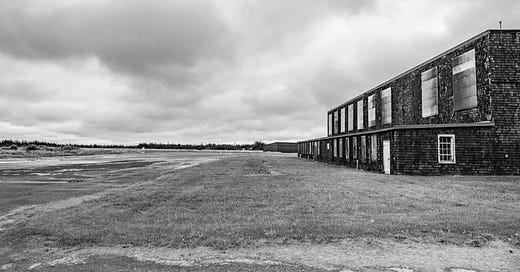



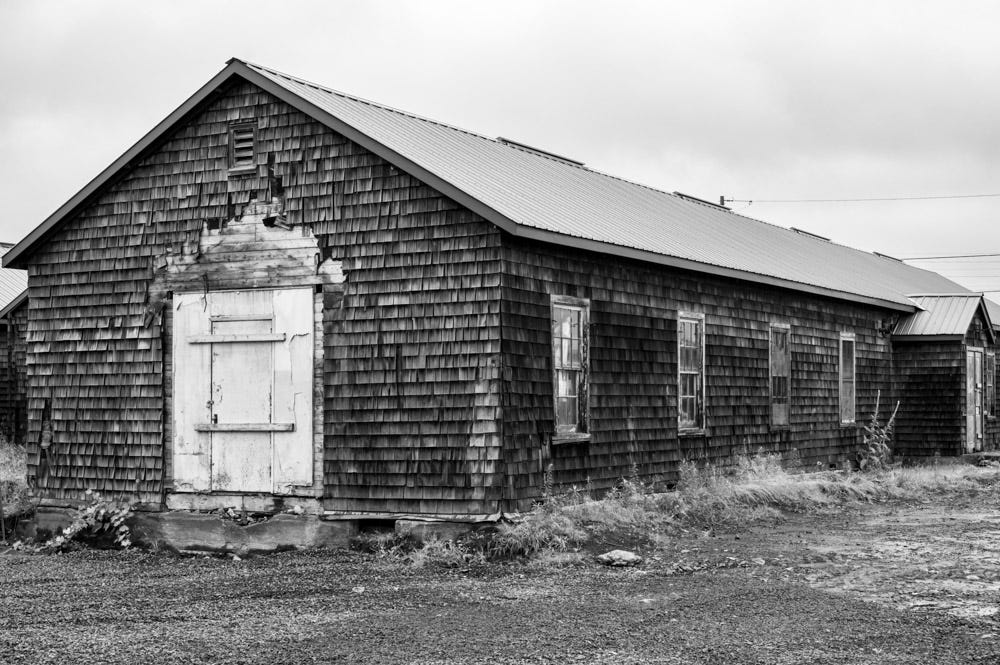

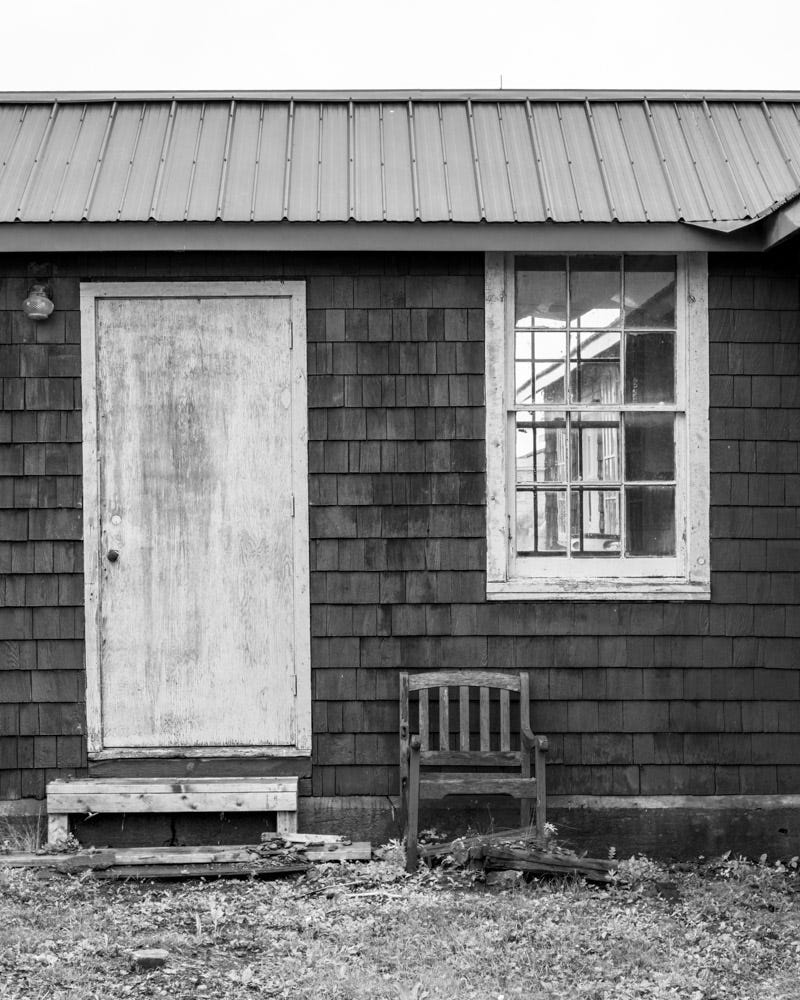
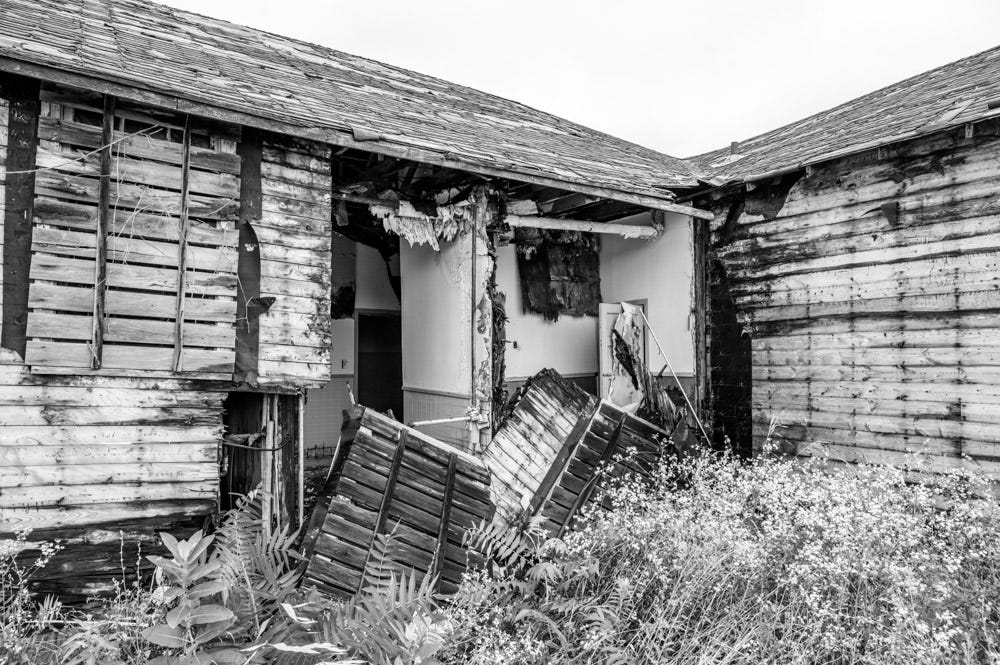
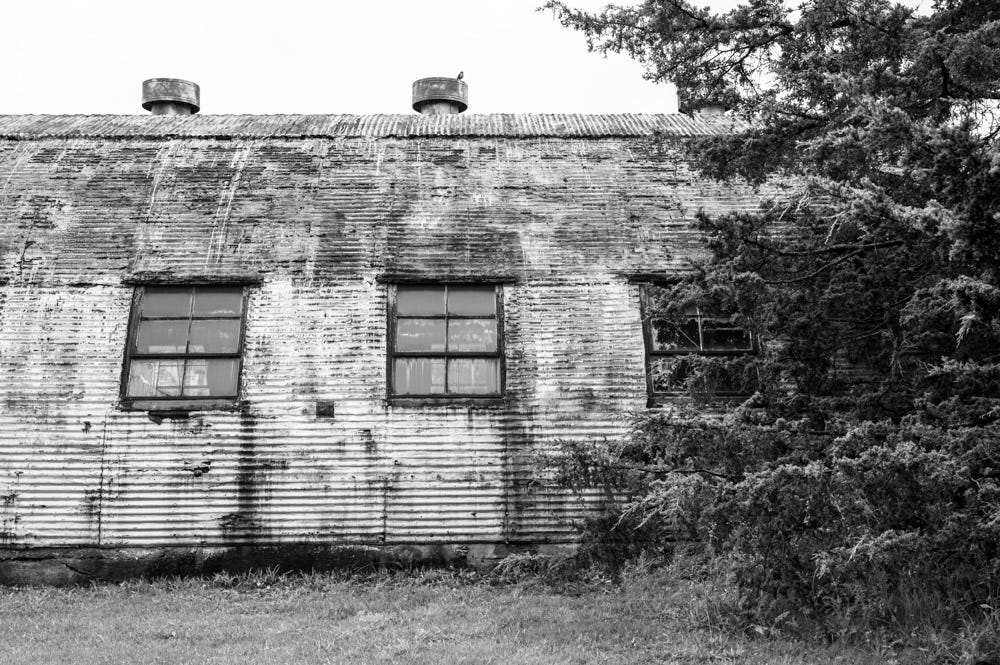
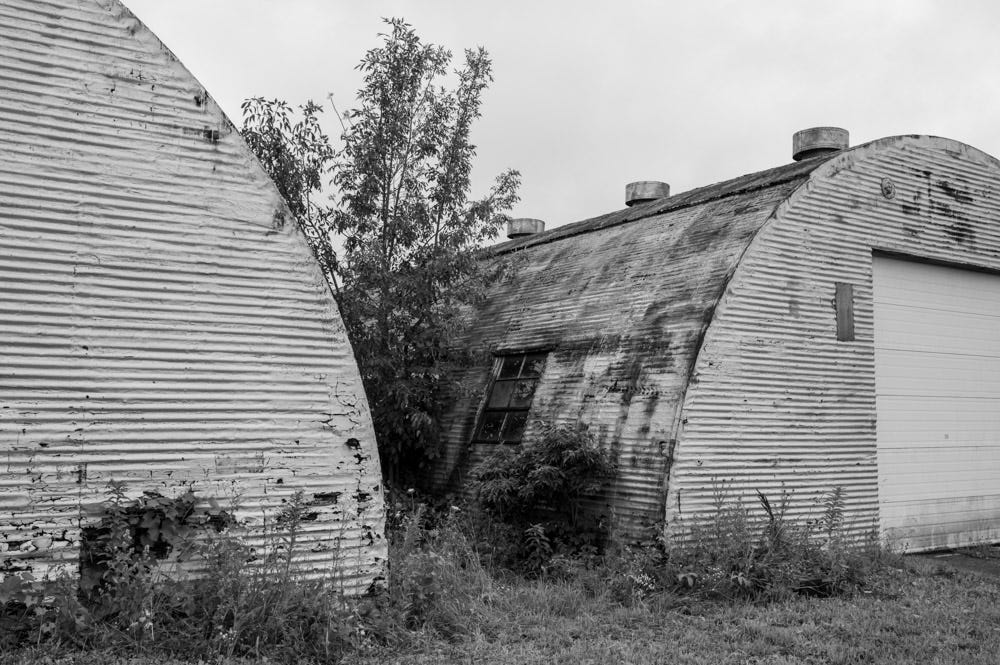
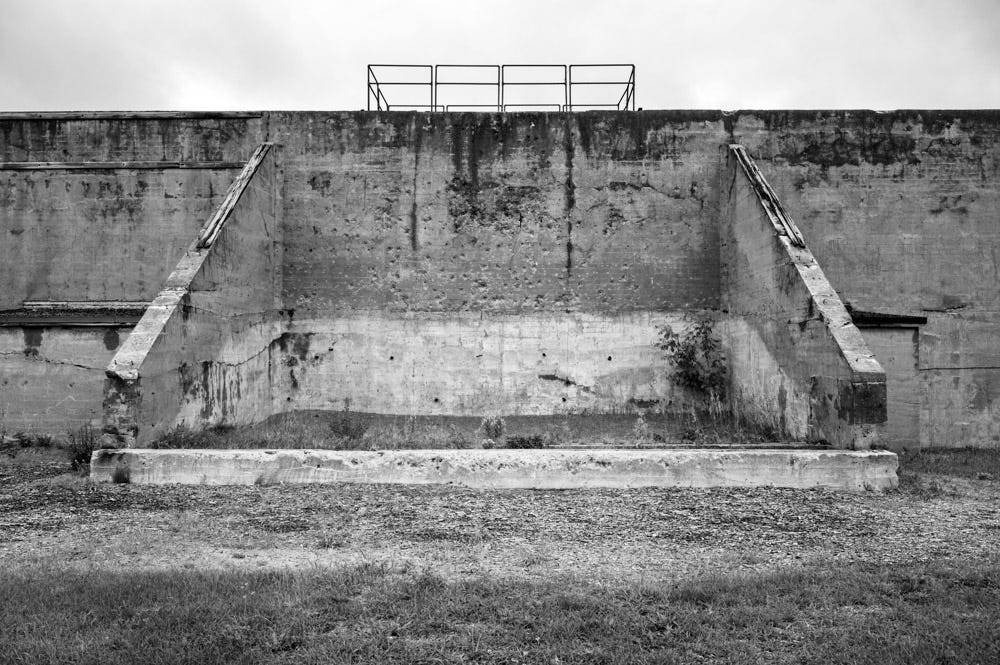
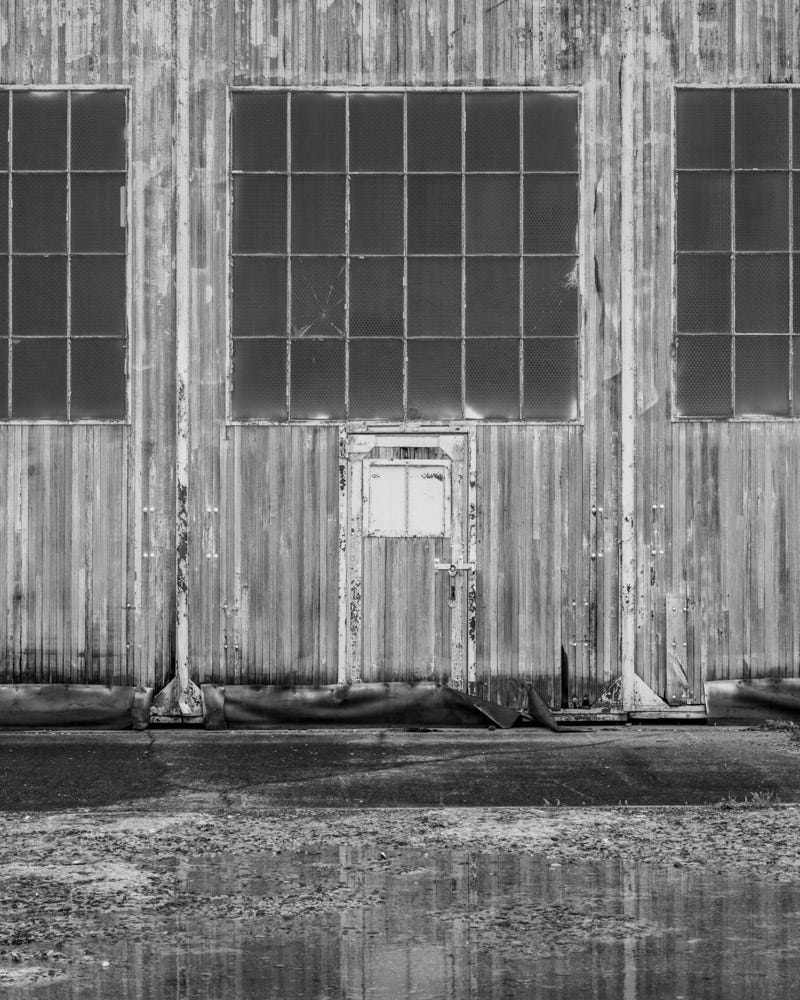
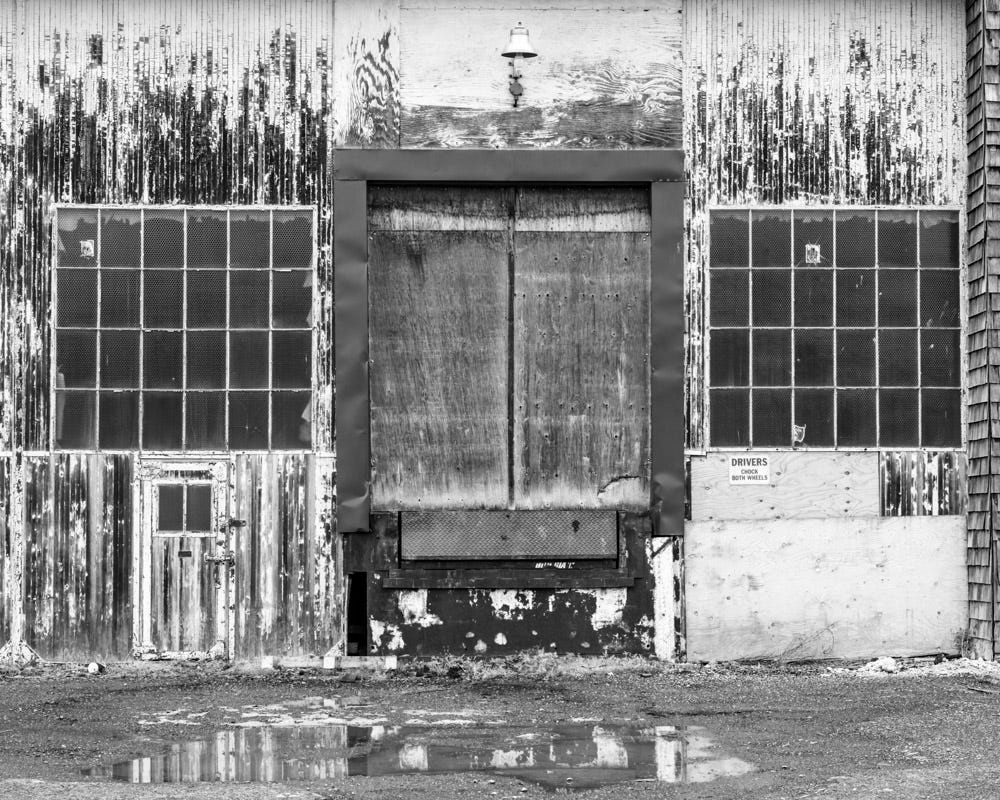
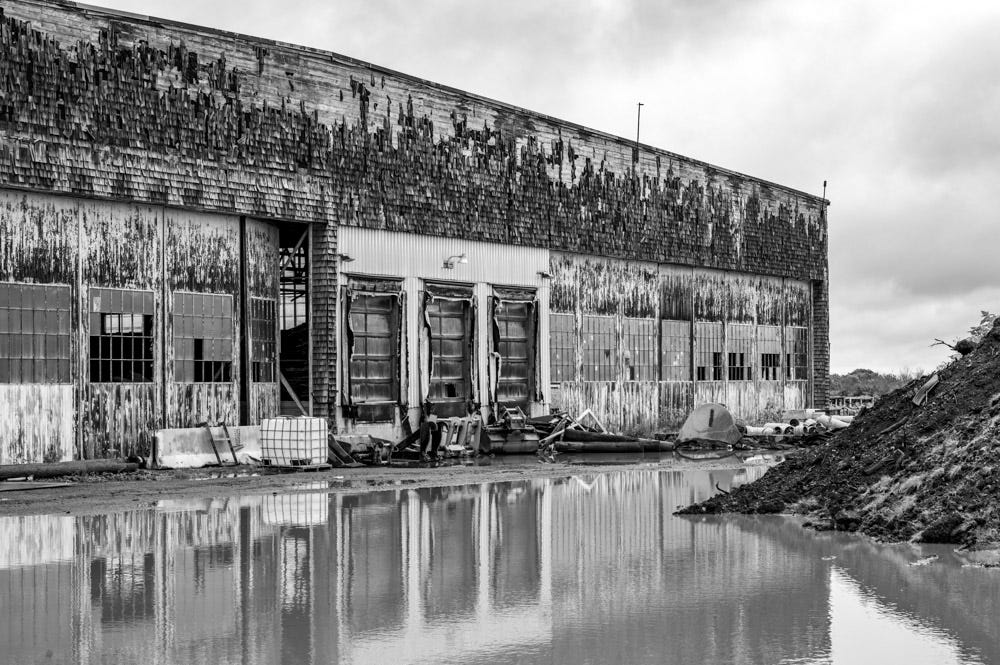
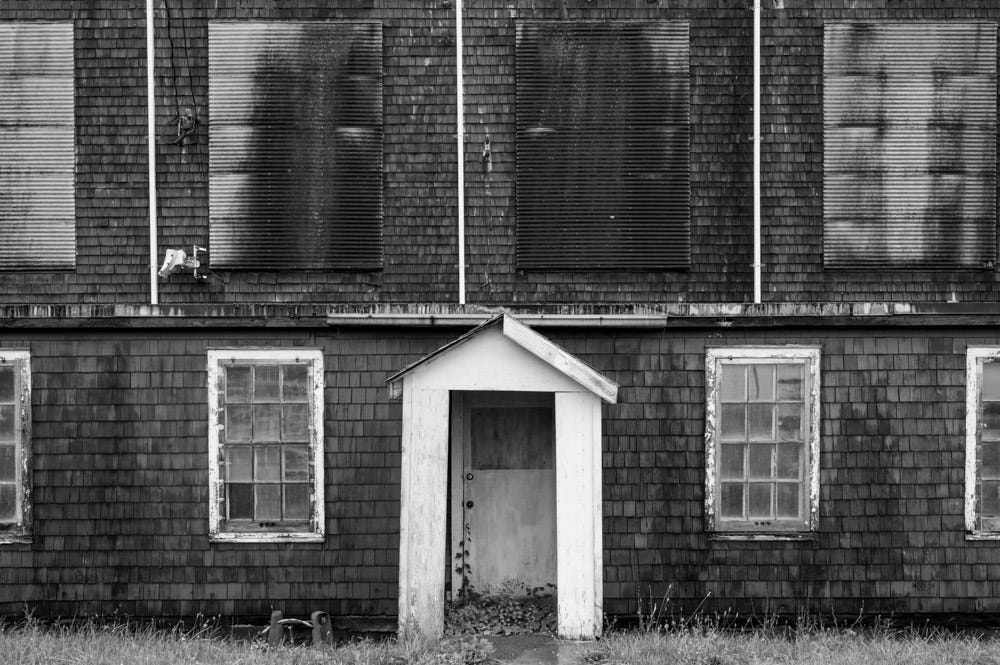
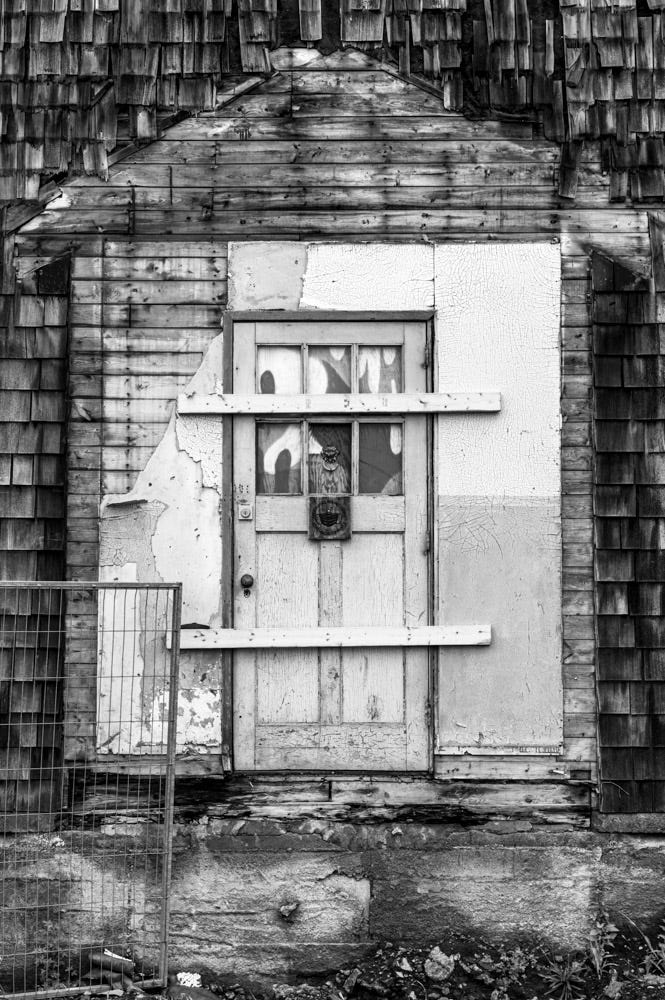
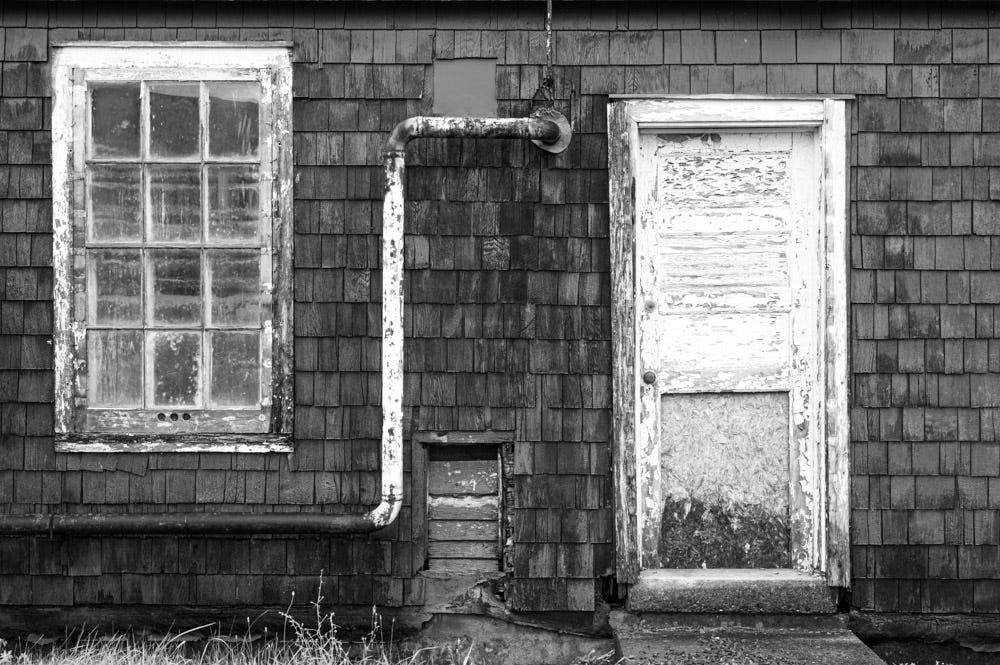
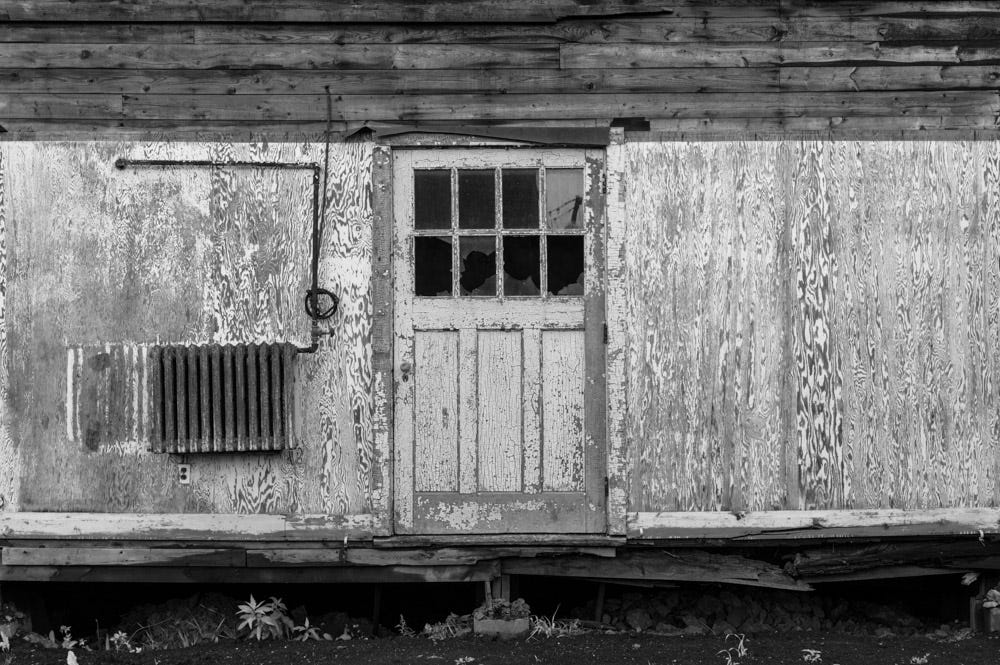
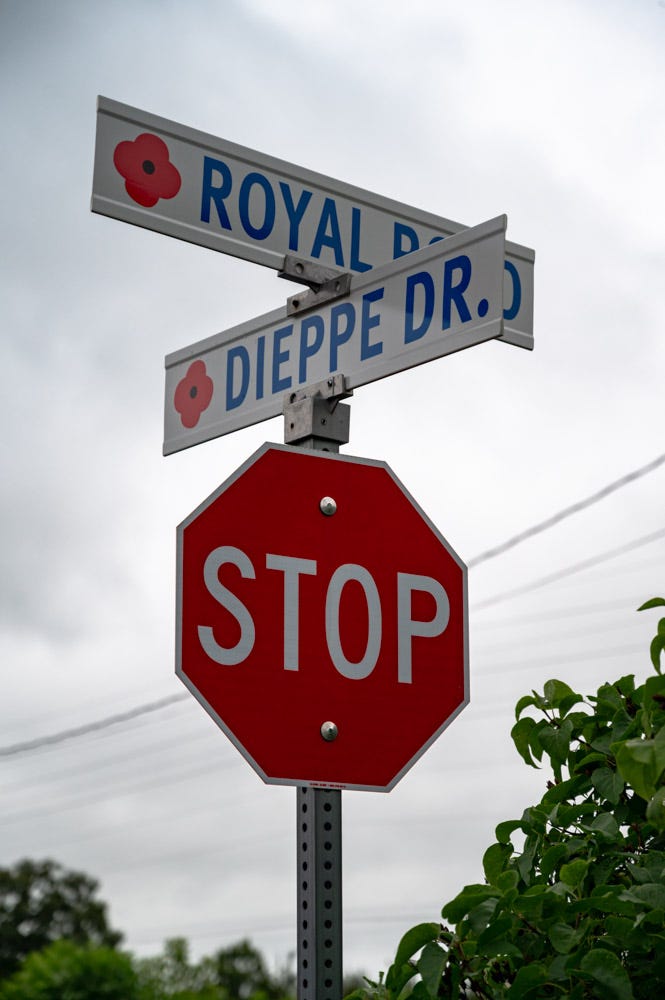
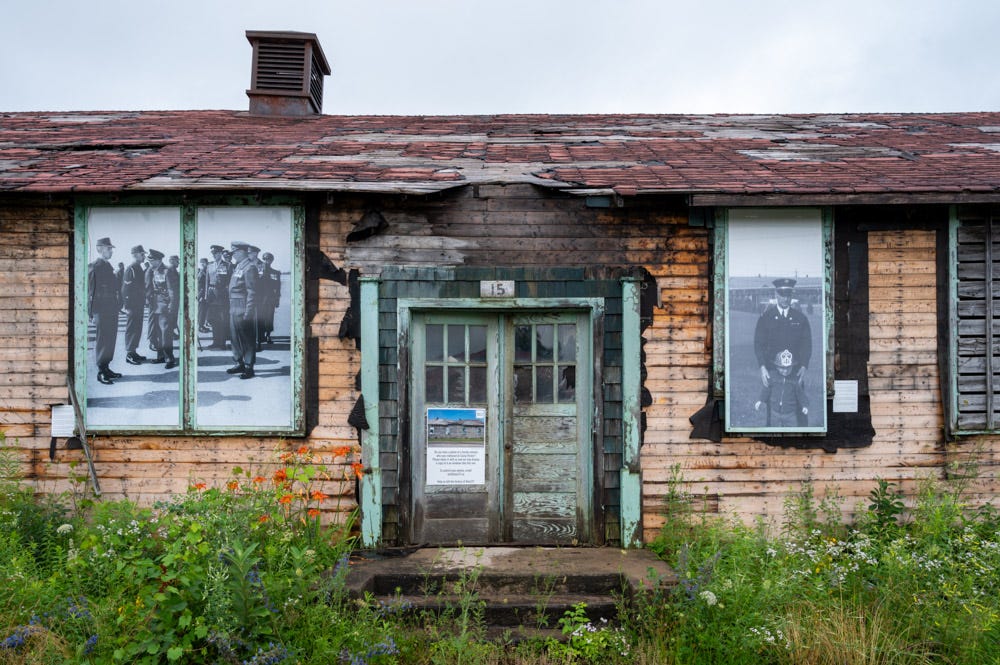

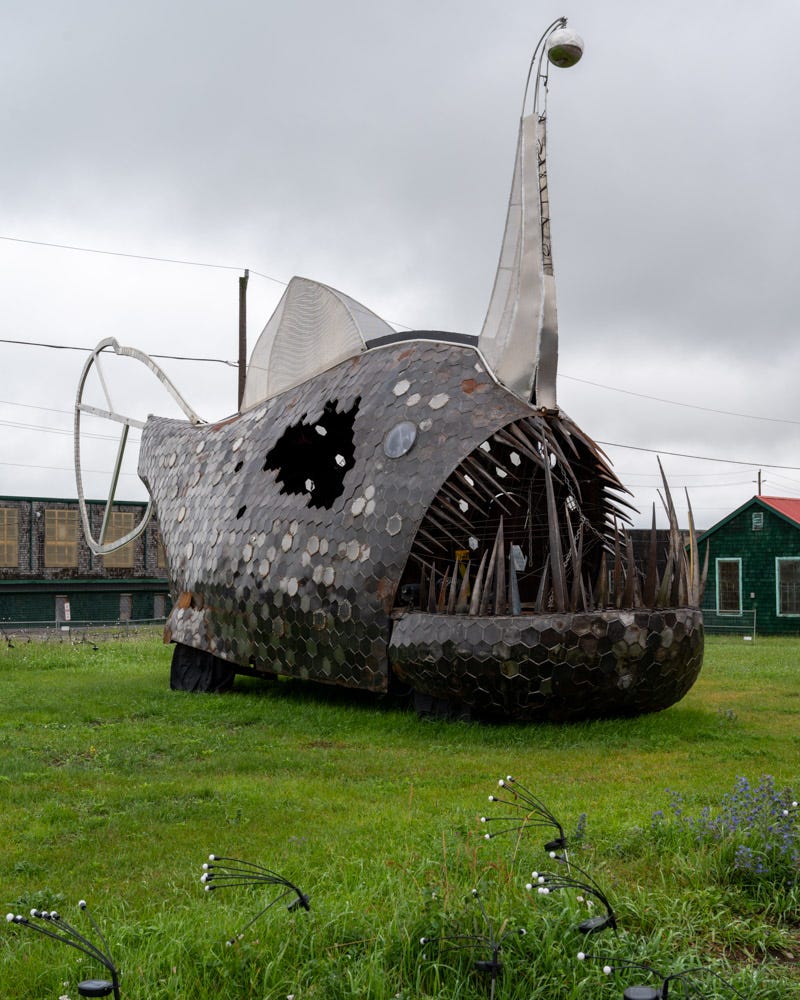
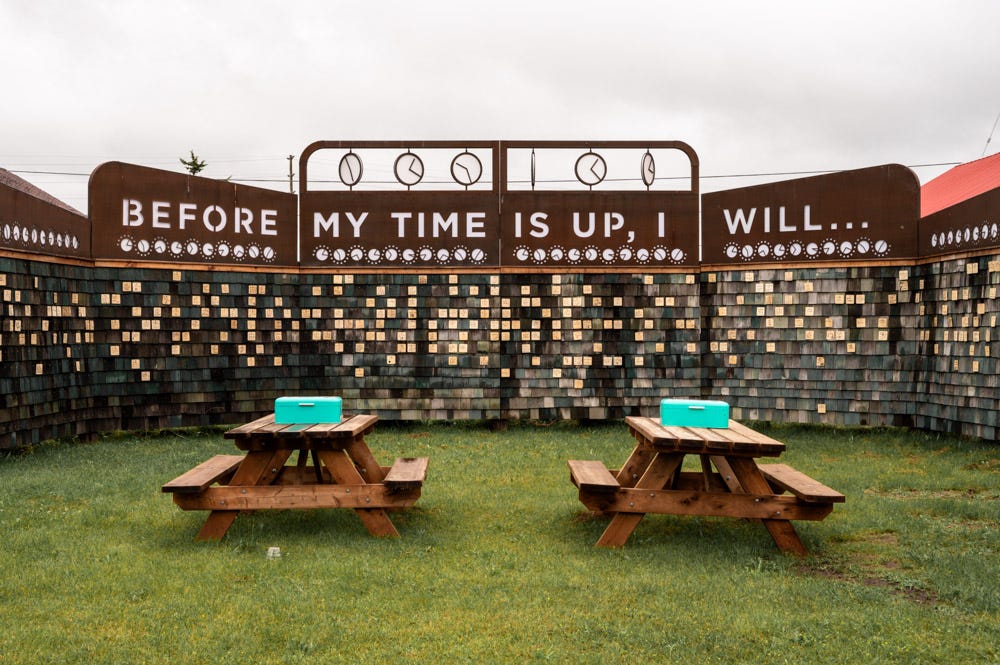

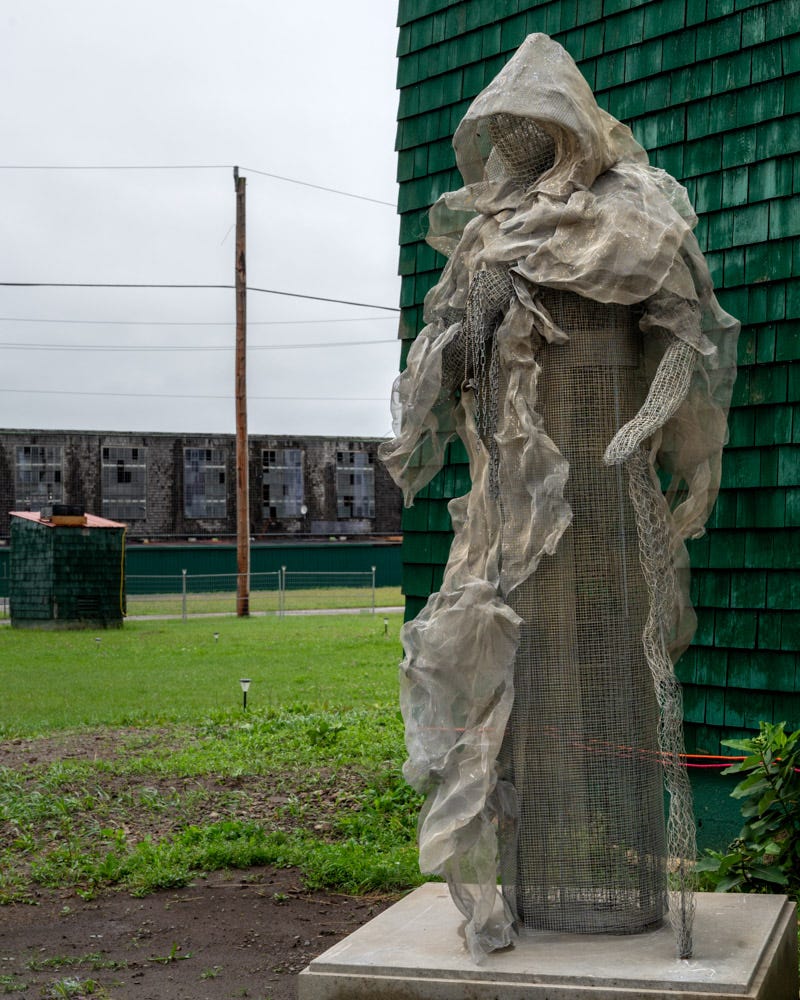
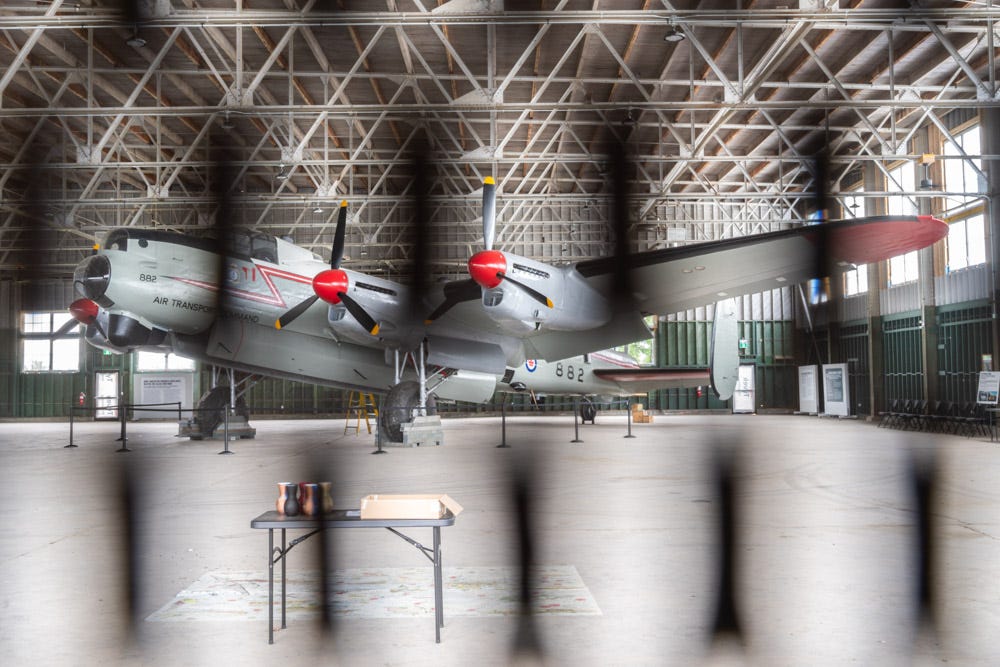
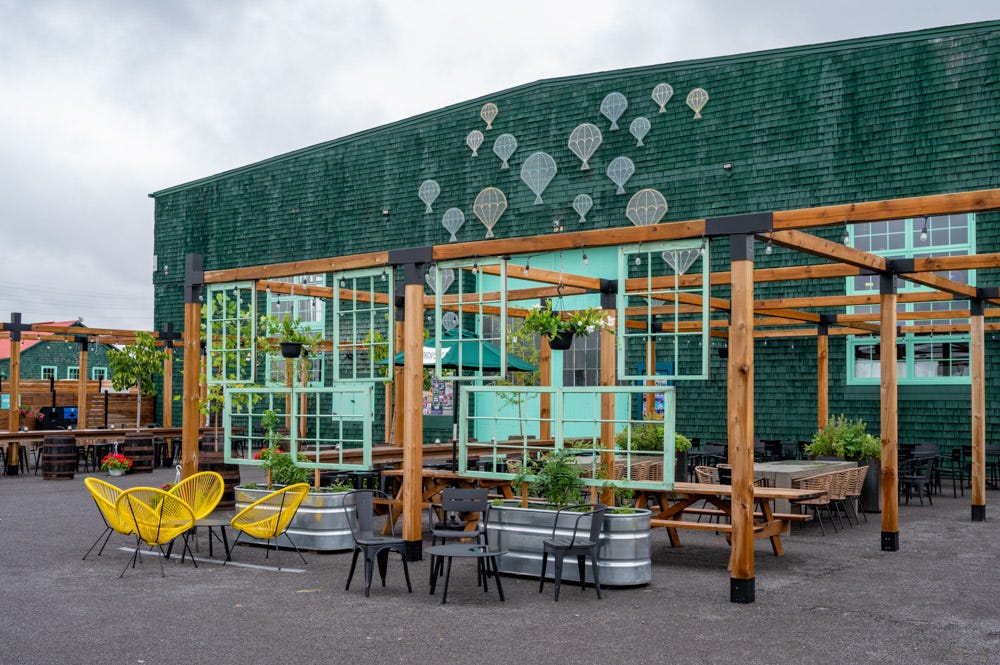
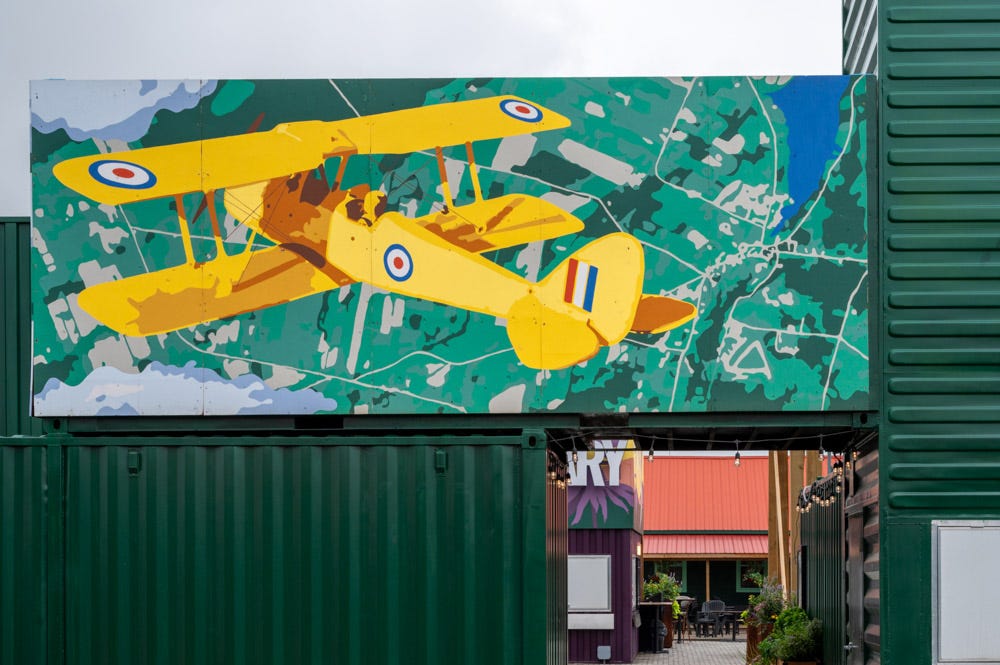
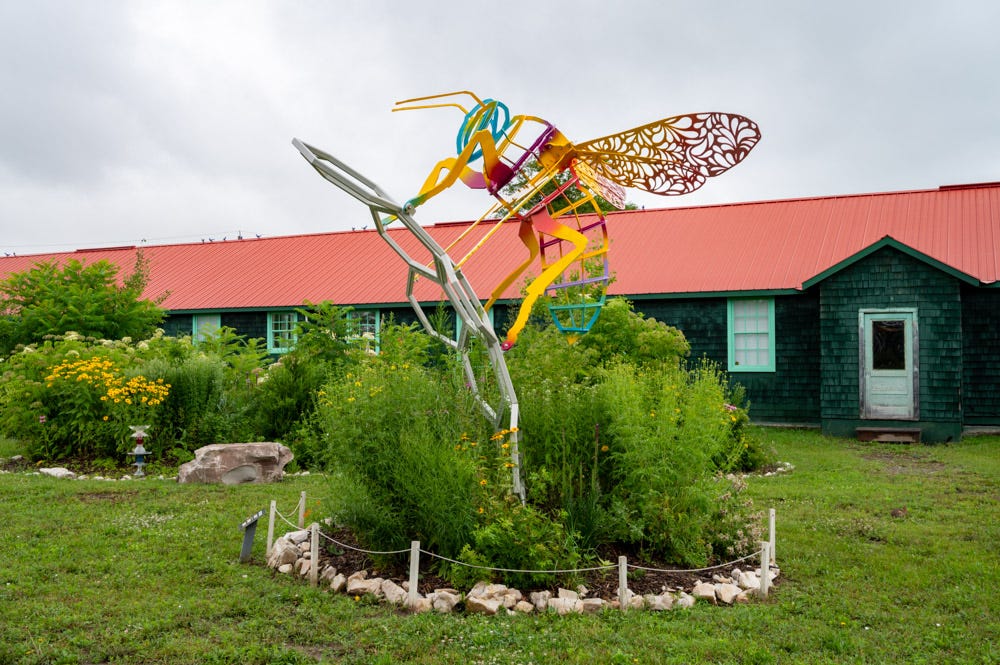
Very interesting Mark.
Have to make it a point of getting down here this year. Thank you for the tour. Love your photographs of the place. Especially like the Lancaster Bomber shot and the Before My Time Is Up installation.